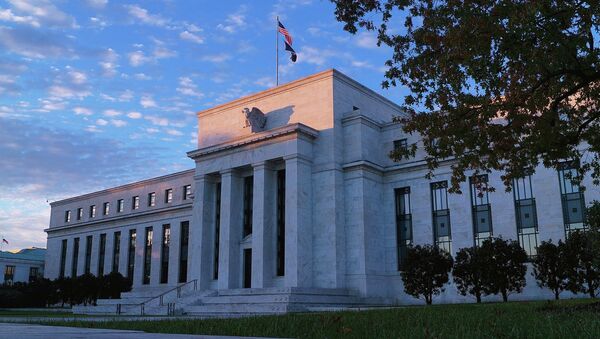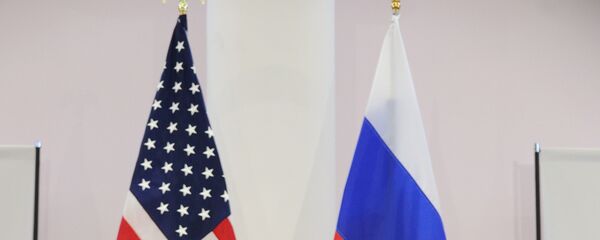Kristian Rouz – The US Federal Reserve Board will abstain from raising borrowing costs at its Federal Open Market Committee (FOMC) meeting this week; however, the regulator is widely expected to provide clues regarding upcoming policy moves. Even though international headwinds continue to affect the US economy, gains in employment and accelerating inflation at home have provided substantial grounds for the FRB to execute one to three rate hikes by the year’s end, meaning that the central bank will probably scrap its initial plans to introduce four consecutive hikes.
The Federal Reserve has repeatedly hinted earlier this year they might revise their initial planning for four hikes in rates throughout 2016 in favor of a more dovish approach to policies. Concerns over China’s slowdown, carnage in US corporate profits, and global equity and bond market turbulence were signaling greater risks of a possible recession in the US.
“We always thought four hikes was an aspiration, not a forecast” for 2016, Richard Clarida of the New York branch of Pacific Investment Management Company (PIMCO) said.
While those risks still linger, the US macro data are more optimistic thus far.
US inflation picked up in February to an annualized 1.9%, its best in two and a half years, according to an estimate by the Dallas Fed. The Federal Reserve’s inflation target is set at 2%, meaning the current pace of inflation allows for imminent raises in borrowing costs. US joblessness, in turn, slid to 4.9% in February, even below the Fed’s ‘full employment’ threshold of 5%.
Meanwhile, the recent appreciation of the US dollar has seemingly worn out, with hedge funds having cut their ‘buy’ positions on the greenback to levels that are at their lowest since mid-2014. Both the economic slowdown in the US and expectations of the Fed’s greater dovishness this year have resulted in the dollar’s FX rate stabilizing.
“It enables the Fed to execute further tightening,” Jennifer Vail of the Portland, Oregon-based US Bank Wealth Management said. “I don’t think the dollar’s a concern.”
That said, even if the Fed leaves rates unchanged during its upcoming March 15-16 FOMC meeting, it might introduce its next hike in June. Unless US economic growth decelerates dramatically immediately afterwards, more hikes might follow in the second half of 2016.
"June seems certainly like a possibility" that the Fed will hike rates further, Narayana Kocherlakota, President of the Federal Reserve Bank of Minneapolis, said.
“If they mark down 2016 to one hike, that would be a surprise. It would also be negative for stocks and credit spreads,” Richard Clarida of PIMCO said.
US financial markets, meanwhile, are hoping for no more than one hike this year, fearing that the spillover from monetary tightening might exacerbate business conditions, hit investment and trigger another slump in stocks, similar to that in January, immediately after the Fed hiked rates on December 17. Morgan Stanley, one of the biggest US financials, is expecting the Fed to implement just one raise in borrowing costs this year – and no earlier than in December.





